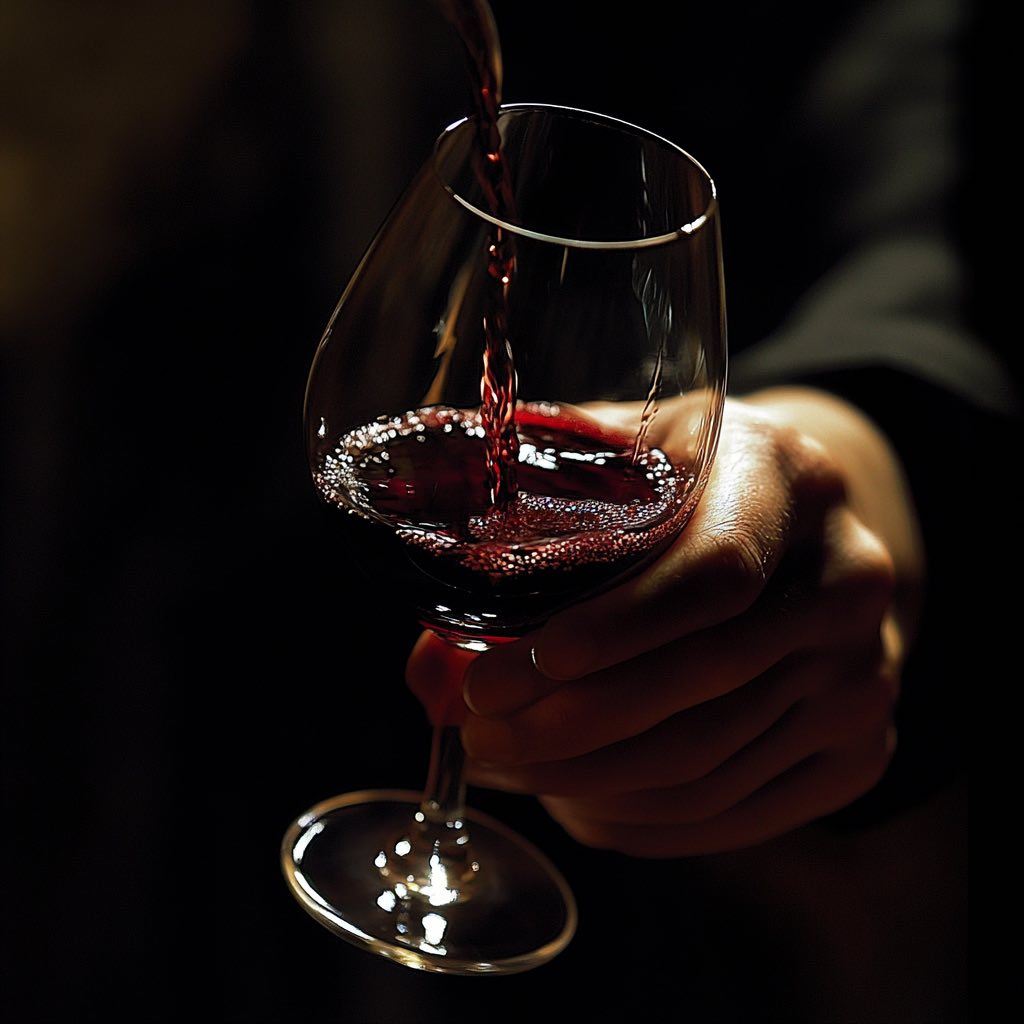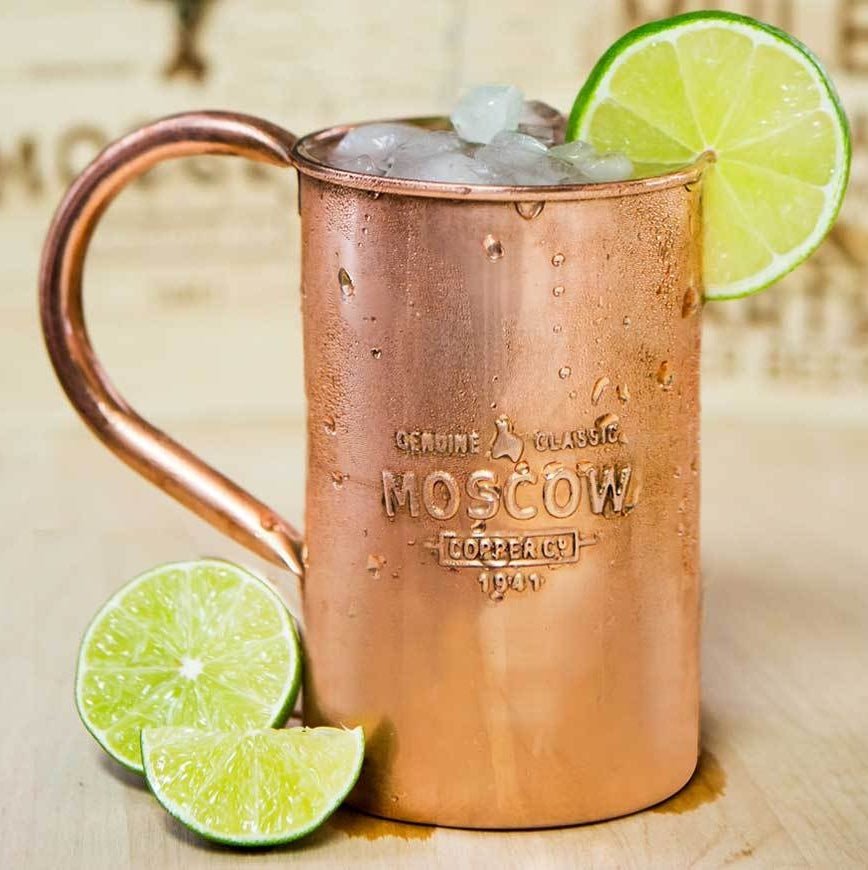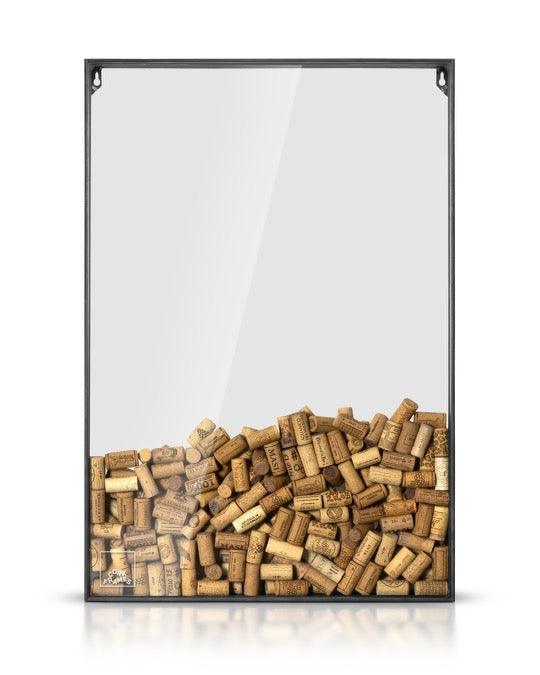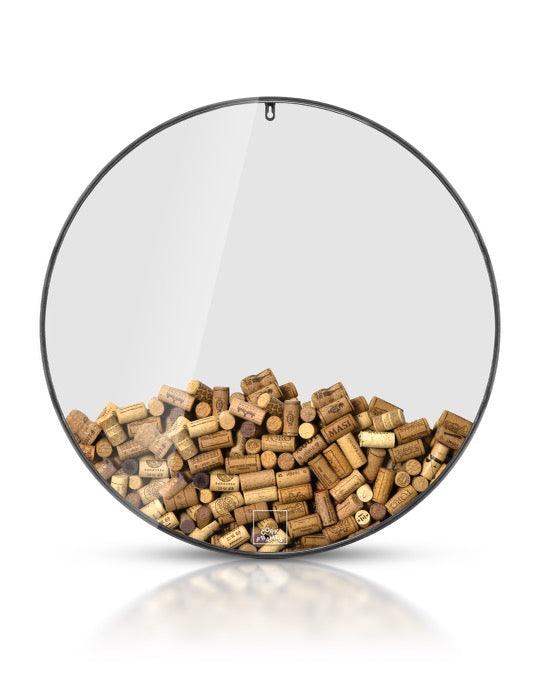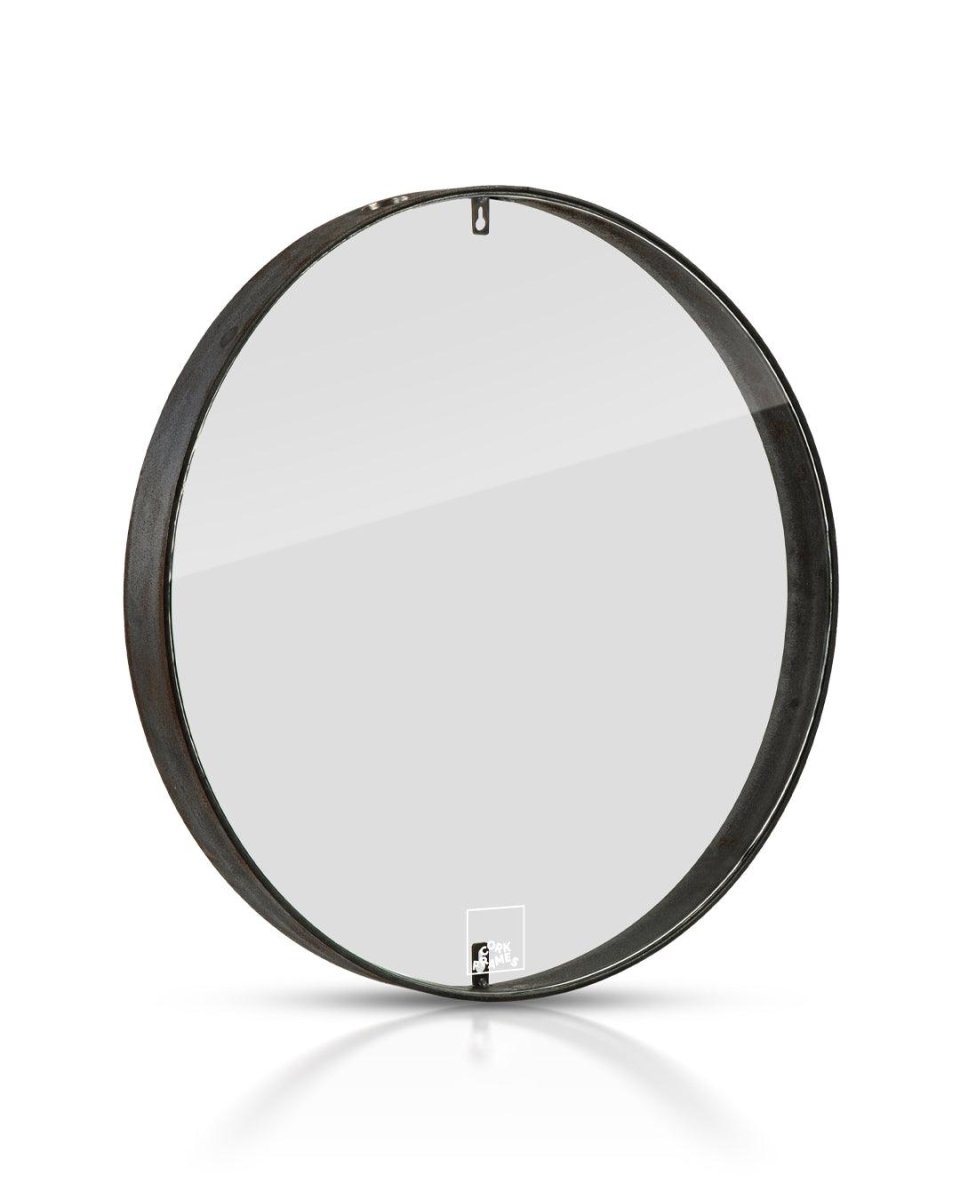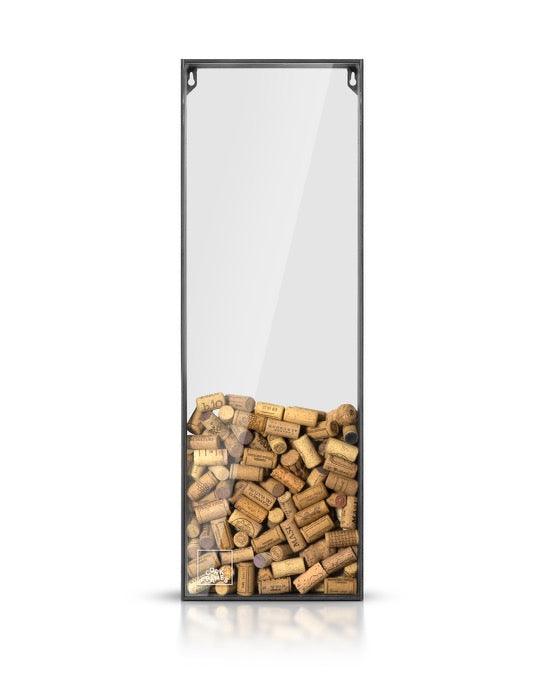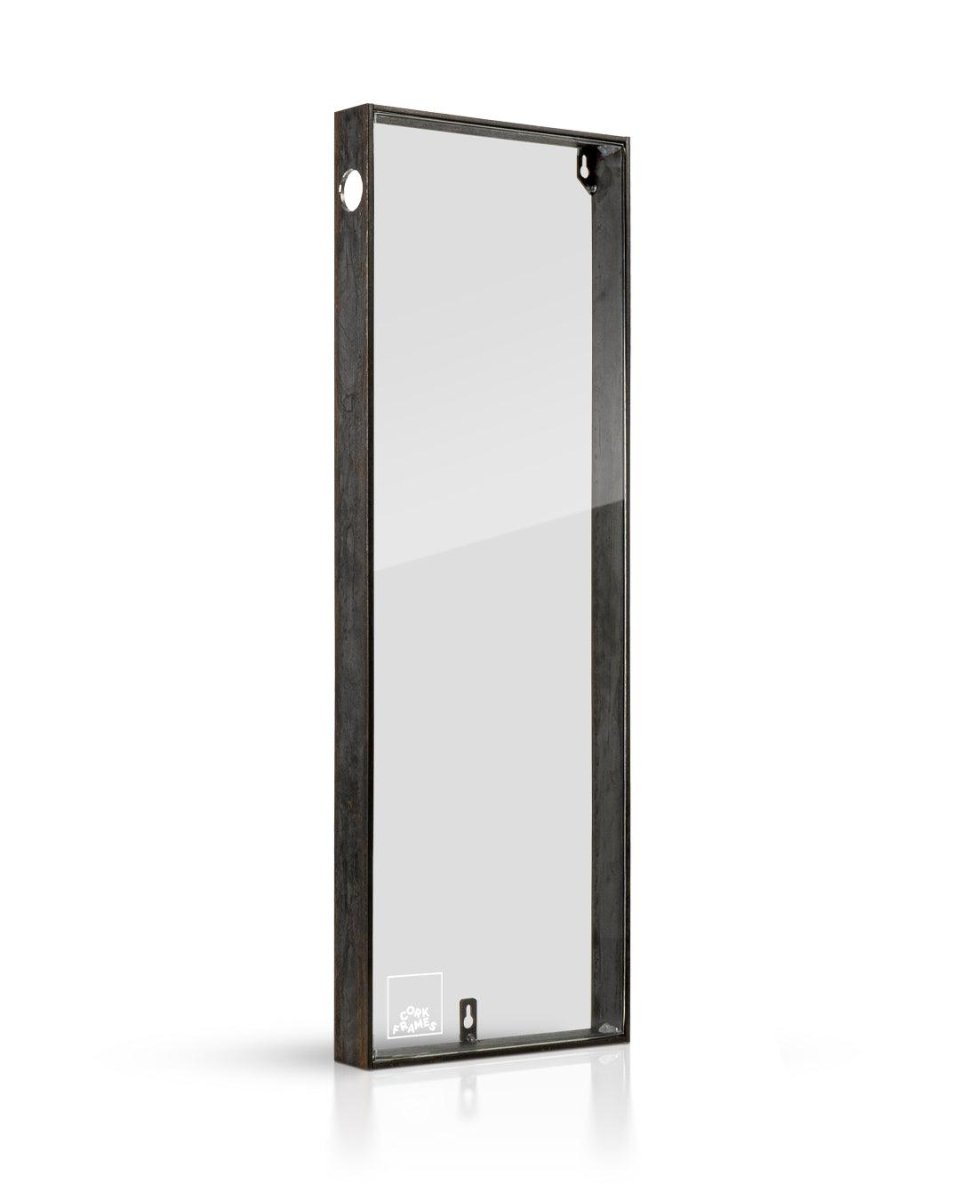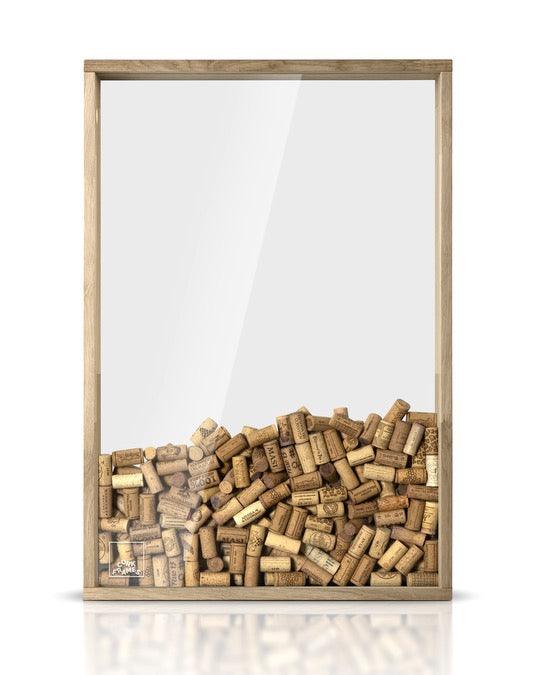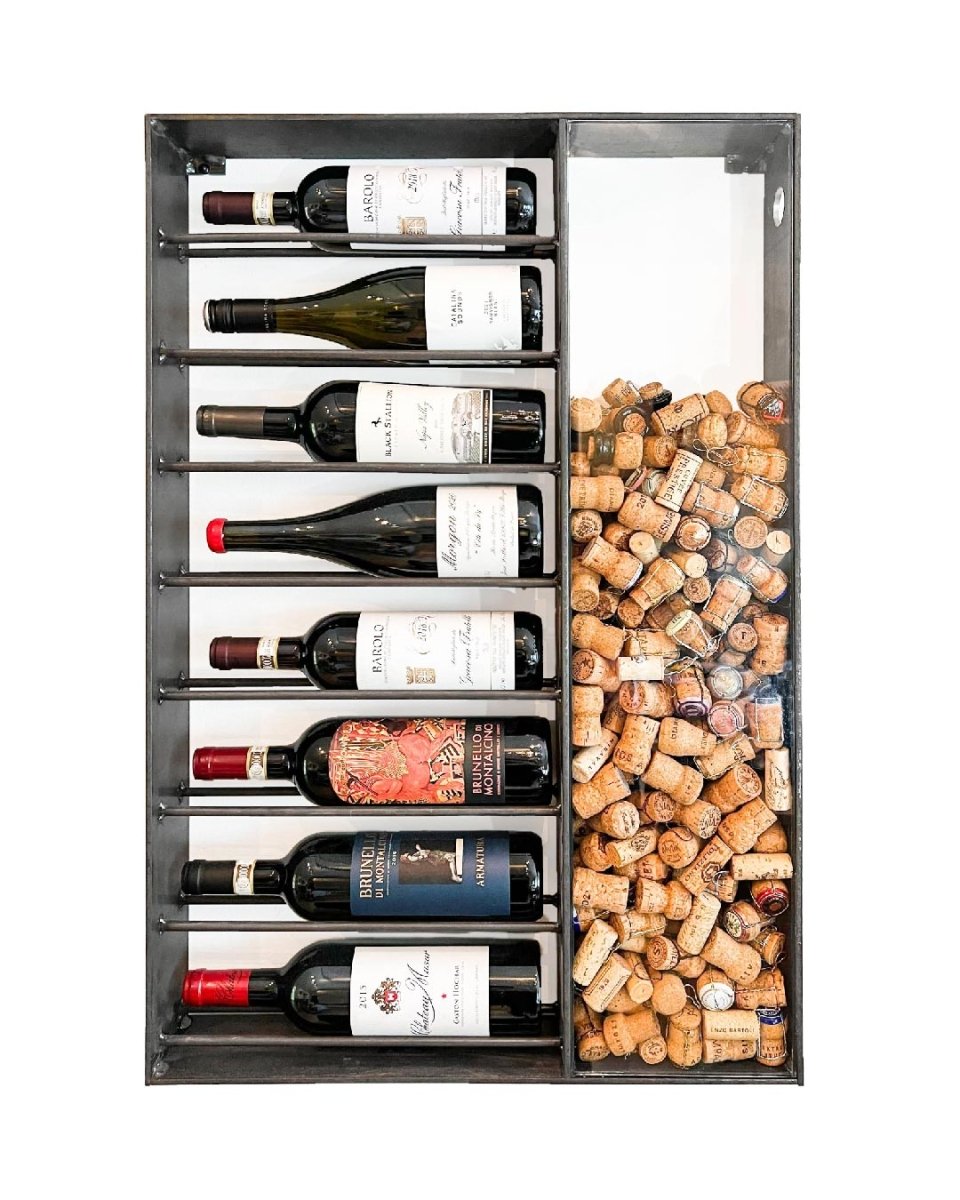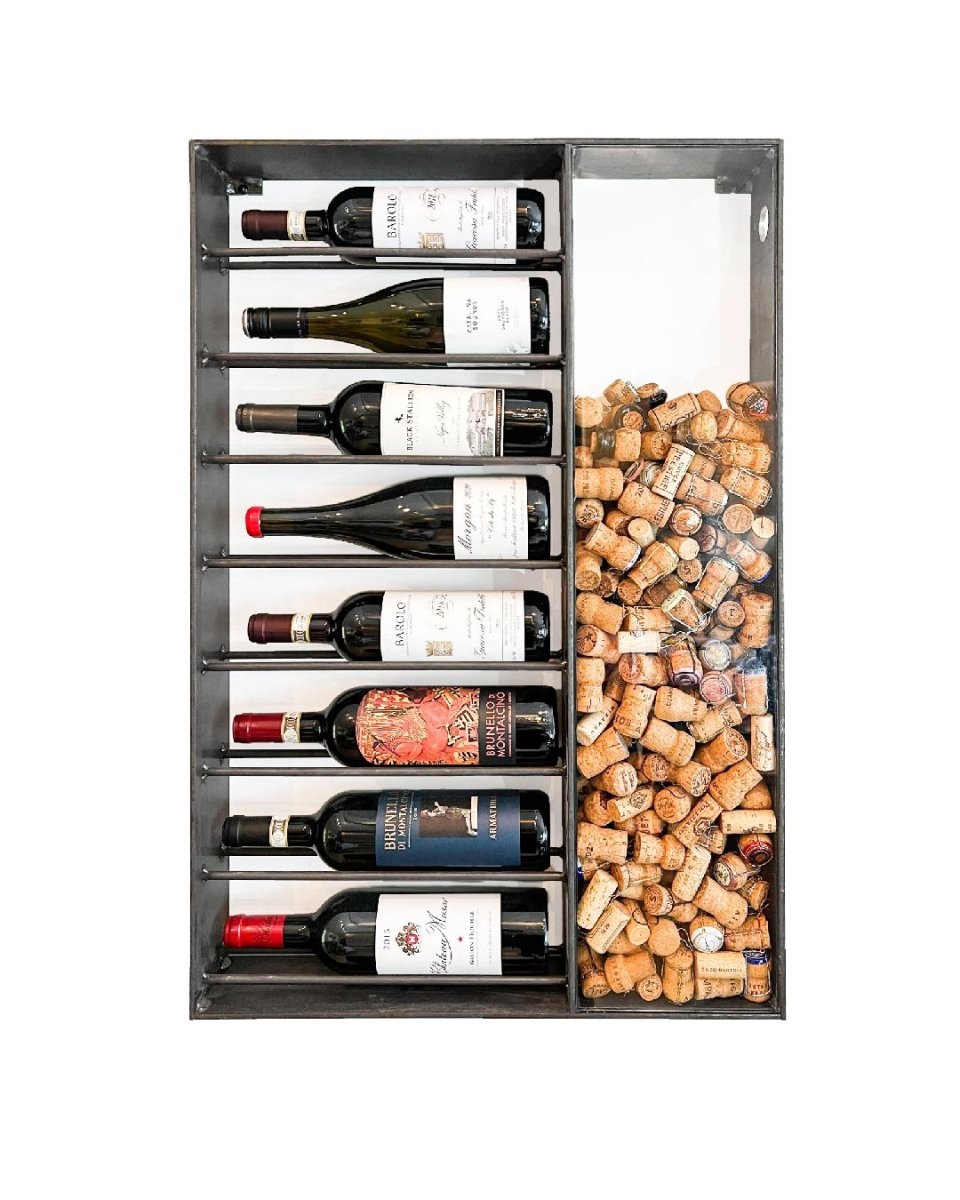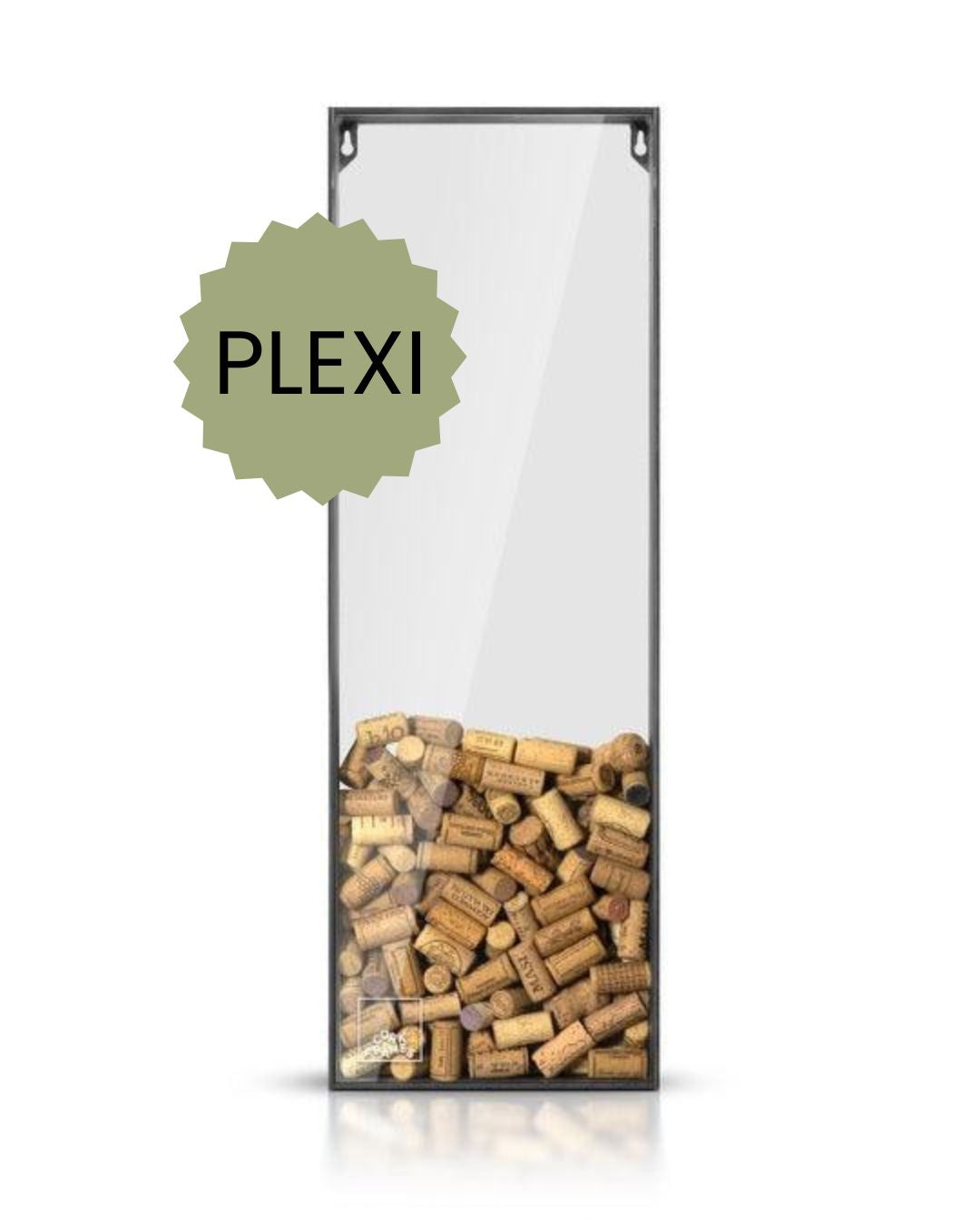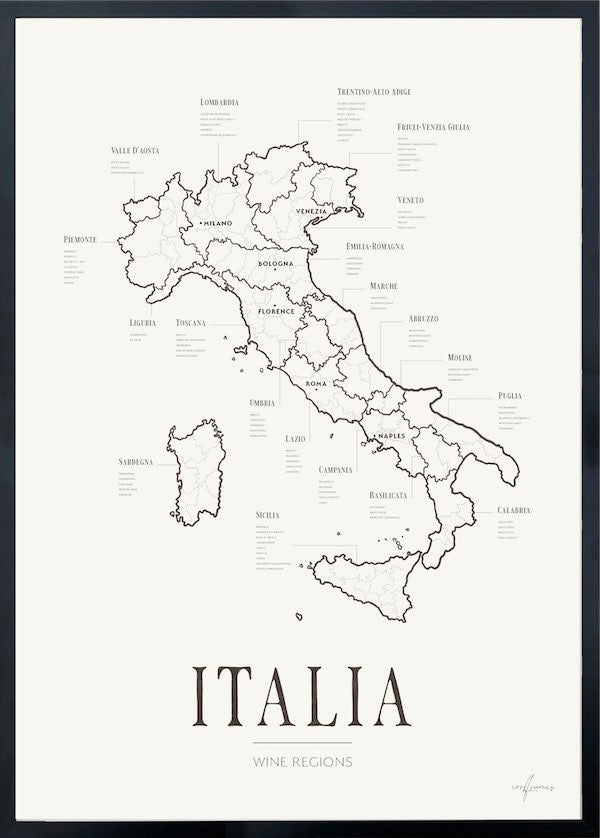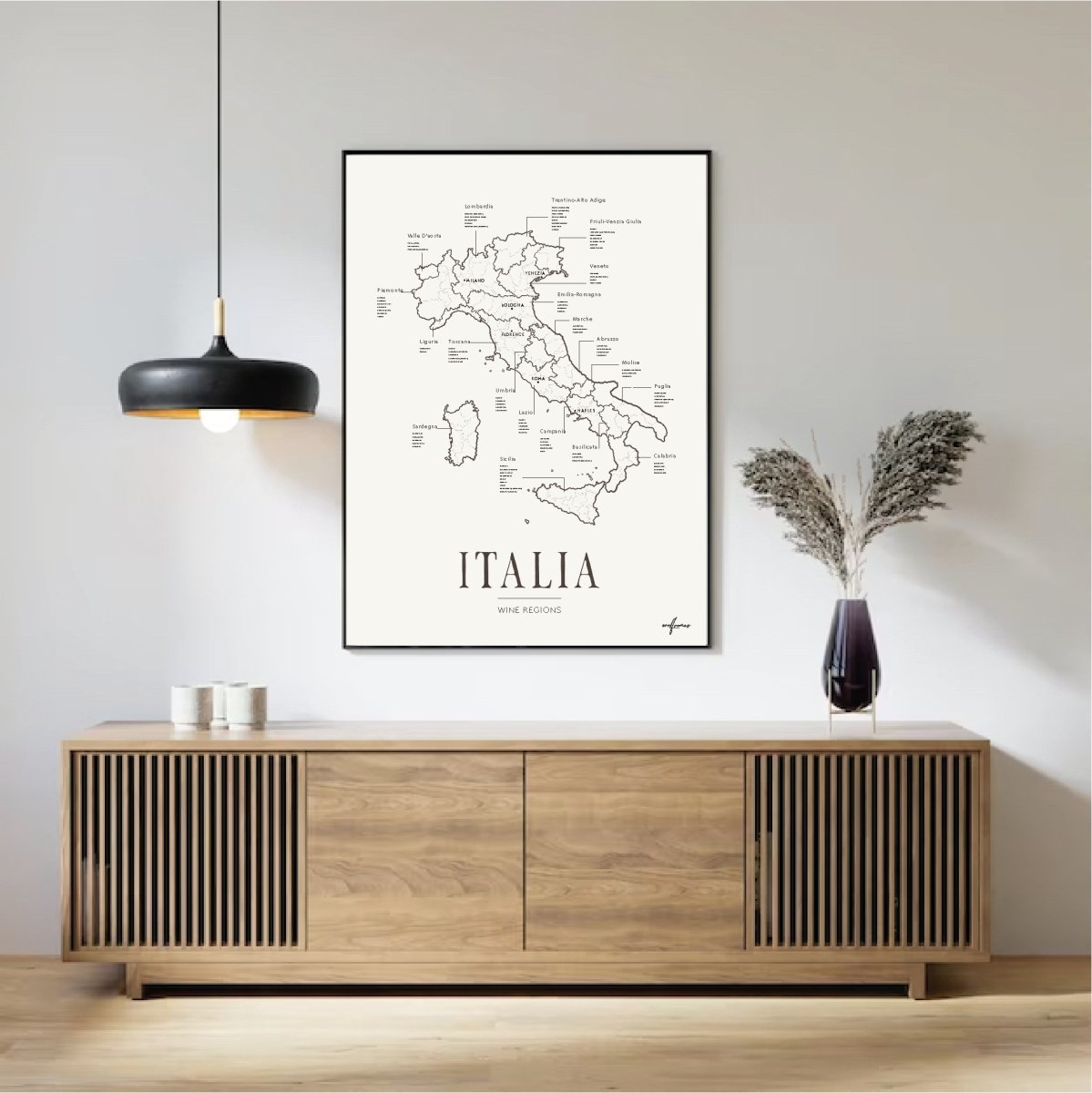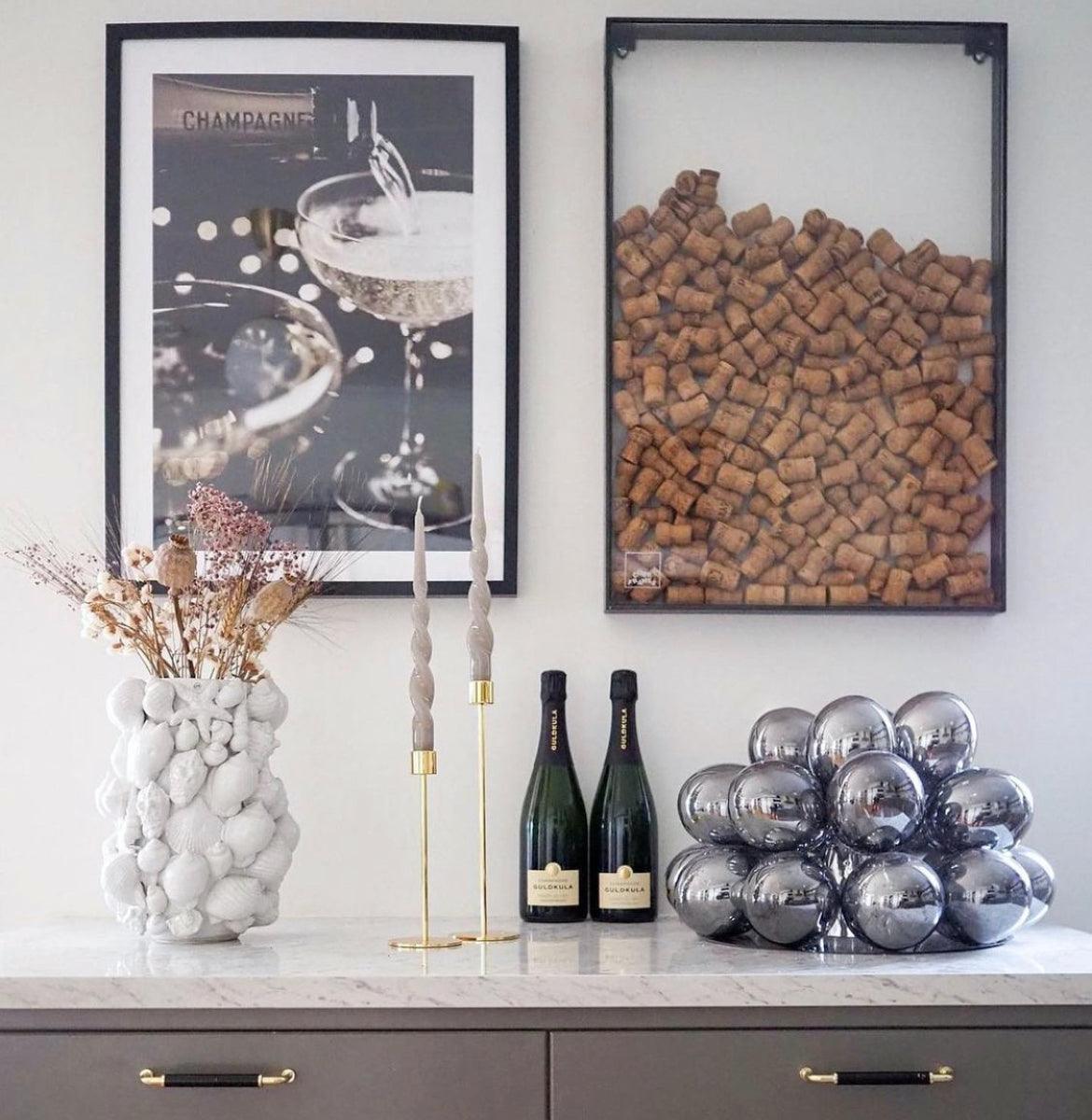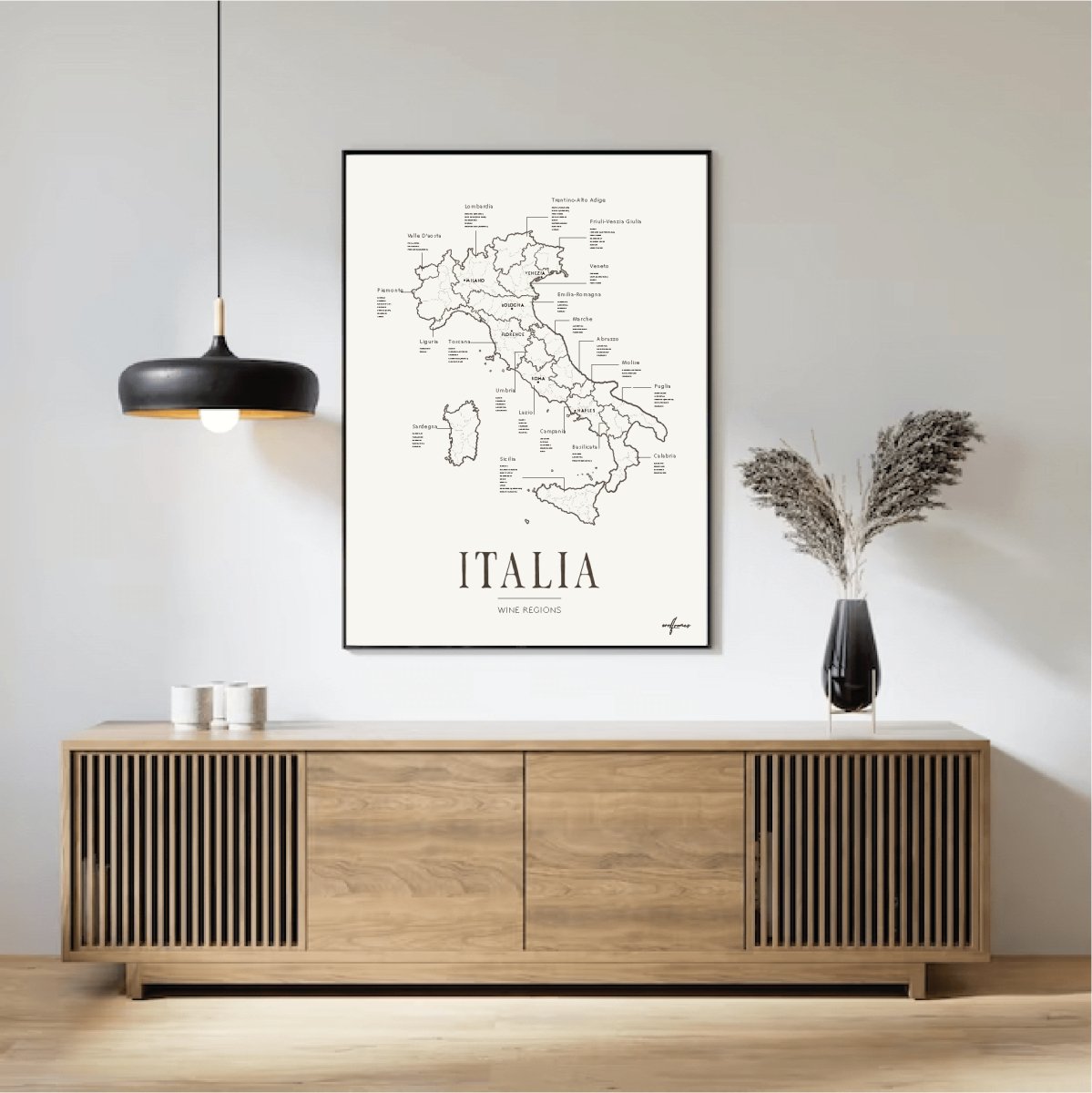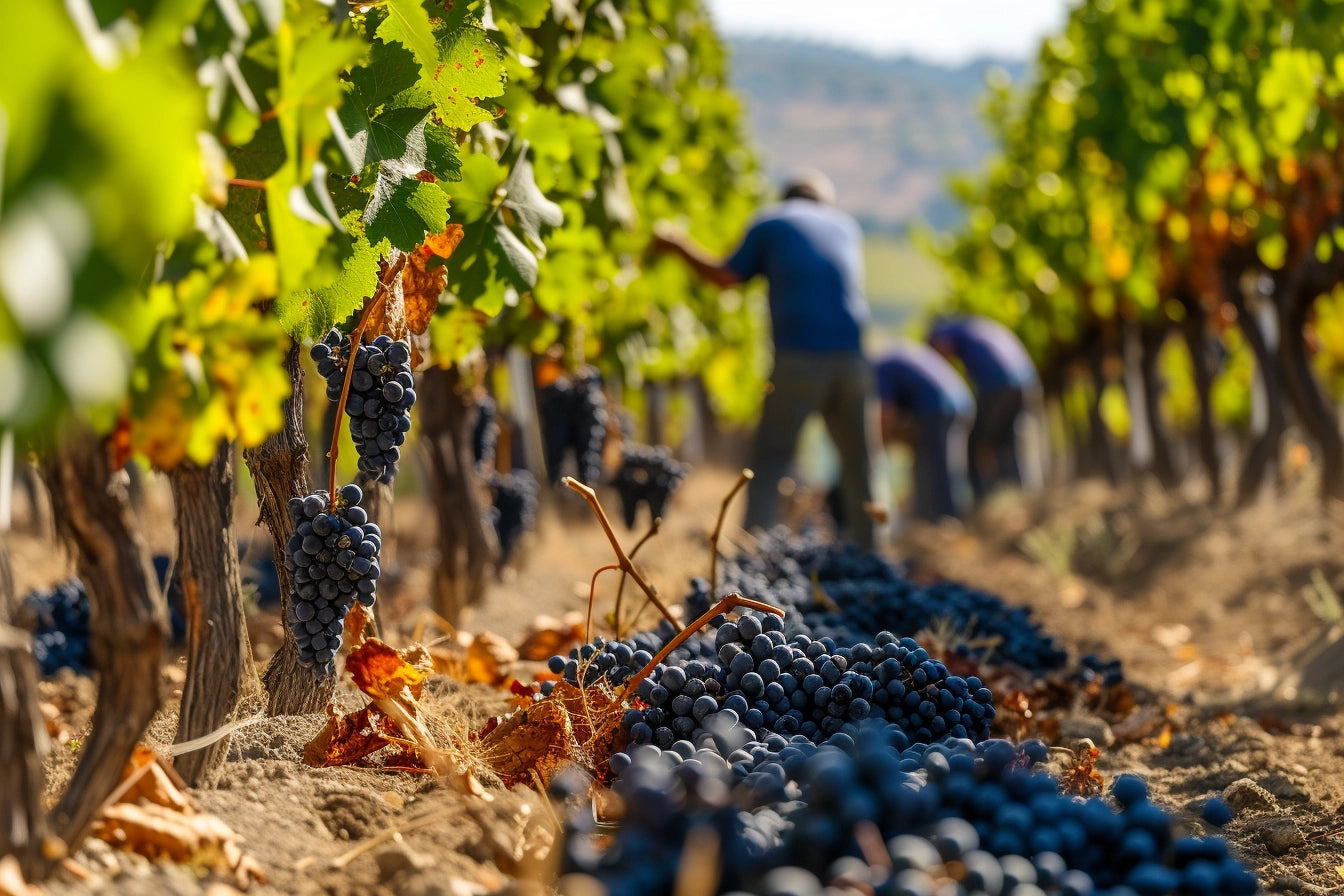Reflecting on how many grapes it takes to produce a single bottle of wine offers a deeper understanding of the entire winemaking process, from the vineyard to your glass. Each bottle tells its own story, with every grape playing an important role.
On average, it requires 600 to 800 grapes, or roughly 1.2 to 1.5 kilograms, to make a standard 750 ml bottle of wine. However, this number can vary depending on factors like grape variety, climate, and the style of wine being produced.
From Grape to Bottle: The Winemaking Process
The journey from grape to bottle is a meticulous craft. After the grapes are harvested, they are pressed to extract the juice, which is then fermented and aged. During the process, some volume is lost through evaporation and filtration, making each grape essential. The goal of the winemaker is to harness the full potential of each cluster, and this care and attention are reflected in the final product.
Wine Production on a Larger Scale
Looking at winemaking on a broader scale, a single hectare of vineyard can yield between 5,000 and 10,000 bottles of wine, depending on the harvest yield. In high-end wine regions like Burgundy or Napa Valley, winemakers often employ low-yield harvests, deliberately producing fewer grapes per hectare to concentrate the flavors and produce higher-quality, more exclusive wines. This means that more vineyard land is needed to produce the same quantity of wine compared to regions with higher yields.
The Role of Climate in Grape Production
Climate significantly influences both the quantity and quality of grapes. In warmer regions like California or southern Spain, larger harvests are common, and the grapes often contain more juice. However, winemakers must balance this with maintaining the right level of acidity and complexity. In cooler regions such as Chablis in France or New Zealand, smaller harvests are typical, but the grapes retain higher acidity, resulting in fresher wines with more distinct flavors.
From Vineyard to Glass
Regardless of whether the grapes come from large, sun-drenched vineyards or smaller, low-yield estates, the goal is always to capture the unique characteristics and terroir of the grapes in each bottle. The flavor and quality of the wine depend on every step of the process—from harvest and pressing to fermentation and aging. The journey from vine to glass is long and complex, but each bottle tells its own story, with every grape contributing its part.
Understanding how many grapes go into a single bottle of wine allows us to appreciate the time, effort, and craftsmanship involved in winemaking, where both nature and human skill come together to create something truly special.



